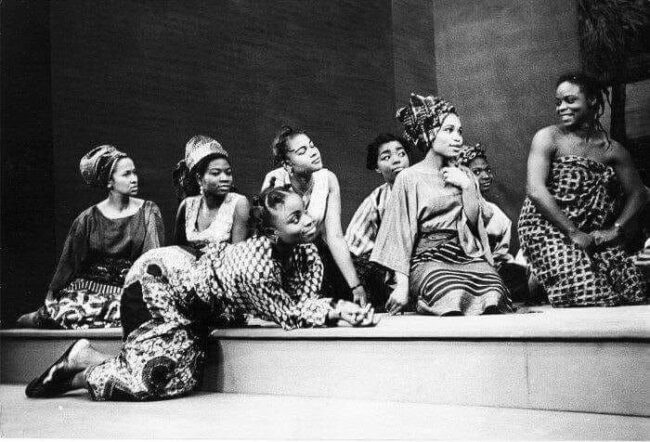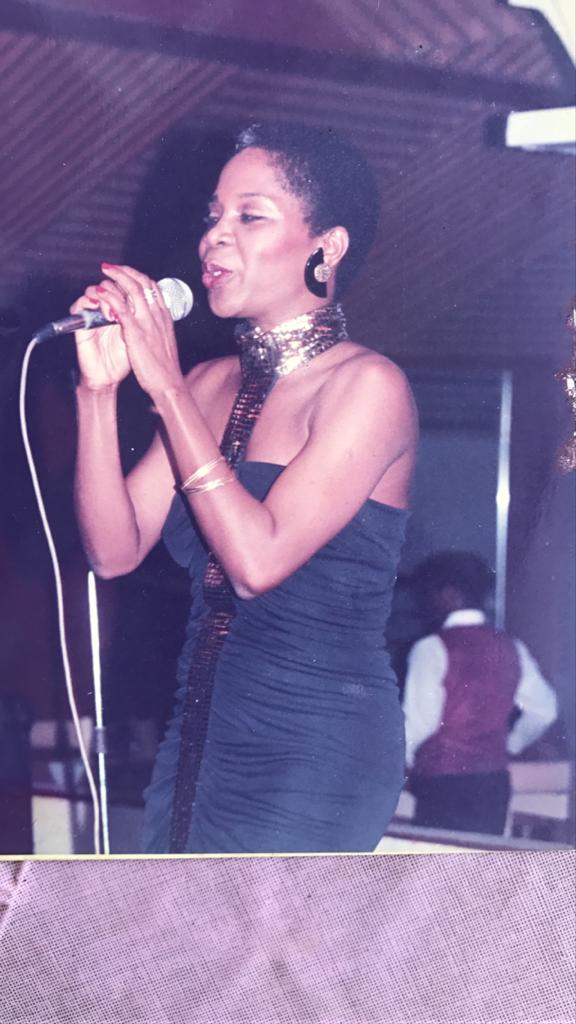Enjoy a classic video of General Kollington Ayinla’s iconic song “Ijoyoyo” and relive the magic of the 1980s. From the 1980s until the late 1990s, this timeless song dominated the southwestern part of Nigeria, enthralling listeners with its contagious beat and colorful dancing motions. “Ijoyoyo” is a prime example of a time when Nigerian musicians employed an endless supply of inventiveness and enthusiasm to their music videos. Early in the 1970s, General Kollington Ayinla, a pioneer of Fuji music, started his remarkable career. With his distinct look and captivating live performances, Ayinla gained popularity fast and became well-known throughout Nigeria. He became a well-liked character in the music industry because of the social issues and celebration of Nigerian culture that his music frequently addressed. On August 20, 1949, Chief Ayanda Ilori, a kingmaker, and Alhaja Asiawu Mofodeke Ilori welcomed General Ayinla Kollington into the world as Abdulrasaq Kolawole Ilori. He is a Nigerian artist who is credited with helping to establish the genre. He was from Ilota, a town in Kwara State, Nigeria, which is an outlying town of Ilorin. Other names for him are Kebe-n-Kwara, Baba Alagbado, and Baba Alatika. Ayinla Kollington and his rival and buddy Ayinde Barrister are considered the two most influential musicians that shaped Fuji music from its beginnings in the 1970s to the 1990s, when it became one of the most well-liked dance genres in Nigeria. Alongside Barrister, Kollington was the breakout talent of the 1970s and 1980s. Barrister and Kollington’s animosity subsided as fuji’s appeal increased and the market expanded to the point where both artists could be sustained.By 1983, the two guys were able to attend the funeral of apala star Haruna Ishola together as mourners. During a string of record releases and counter-releases, “Queen of Waka” star Salawa Abeni and Kollington engaged in a furious personal insult-exchanging feud that became even more public in the mid-1980s. Kollington disclosed in 2019 the reason he left the military to pursue music.





